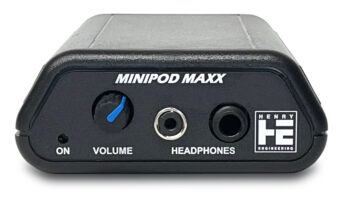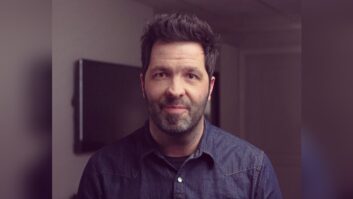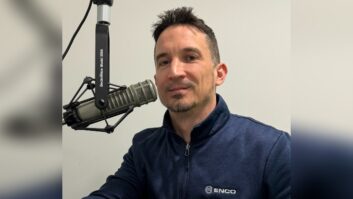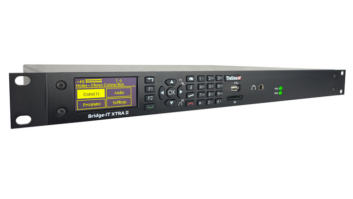BRUSSELS — Extraordinary situations require innovative solutions.
Since March 13 Belgian Dutch-language broadcaster VRT introduced safety measures in view of the Covid-19 crisis. In addition to the station’s radio editorial and technical staff, some 10 presenters plus a number of sidekicks have been working from home.
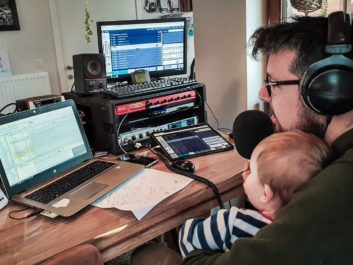
All of the VRT’s radio channels are making use of remote technology to continue the program content flow, from alternative/rock Studio Brussel to the Klara classical channel, MNM, Radio 1 and Radio 2.
“Alongside its national programs, Radio 2 continues to work from the regional centers, informing and entertaining the Flemish audience,” said Kris Van Veeckhoven, of the VRT’s production facilities department.
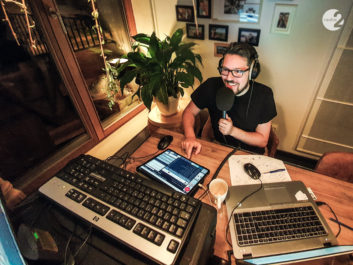
“As part of the safety measures, we have a minimum occupancy in our offices. Our editorial staff continues its work work from home — in addition to the usual software package with Dalet, Pluxbox and MusiciMaster, we have provided every staffer with a Skype For Business account. This allows them to record interviews and store them directly in a Dalet folder.”
Whereas some presenters are using AETA’s Scoopfone via 4G or LAN, Radio 2 Limburg’s Daan Masset morning DJ hosts his program using LUMO, the virtual radio studio developed by On-Hertz.
“We may continue to use these applications in the future,” continued Van Veeckhoven. “That’s the advantage of this situation: You start to use new systems, simply because you have to. And we learn things rapidly. In the case of Radio 2, we see the growing popularity of the Radio 2 app and the use of Quicklink. This VoIP solution was meant to be introduced step by step, and is now used all over the VRT’s radio channels.

Quicklink provides an easy link between studio and user/interviewee. We have been using the technology for Radio 2’s living room concerts, who were then were streamed over the Radio 2 app to some 50,000 users per day.”
The “teleworkers” are using Pulse Secure connectivity a secure link between radio staff and the VRT.
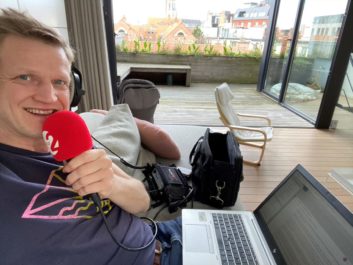
Radio 1 presenter Ayco, and StuBru host Fien Germijns worked from their bedroom studios, KlaRa host Bart Stouten produced his program in his living room, like Daan Masset. “You actually smell and feel when you make radio at home. Another advantage is that I don’t have to get up at 04:30 to catch a train,” added Stouten, who uses the AETA Scoopfone.
Guy de Pré, host of Radio 2’s iconic “De Préhistorie” Sunday morning radio show, produces his program in his home studio. “The program isn’t broadcast live, although this would be possible,” De Pré explained.

“Instead, I puzzle all elements like audio fragments, jingles, music and presentations together. It’s quite time consuming as it takes about four days work to put together a two-hour radio show.” The final version is routed to VRT’s DaletPlus system and then broadcast on Radio 2.
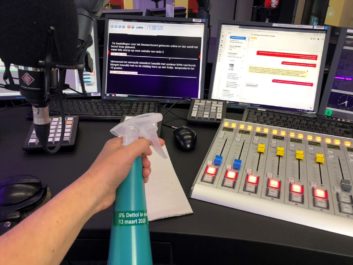
Christophe Delplace, head of VRT’s technical radio support division, said that in the case of an emergency, the regional broadcast hubs are able to serve as broadcast centers. “When the emergency plan is activated, the Radiohuizen (radio houses) in Ghent and Louvain serve our five radio brands.”

